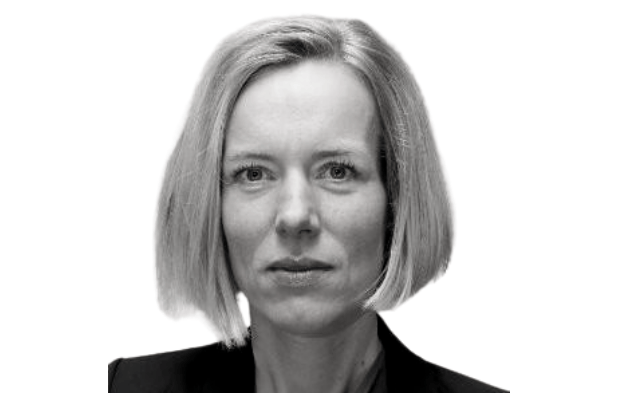Aligning investment with the UN’s SDGs brings challenges, said investors gathered at Sustainability in Practice at Cambridge University. For instance, it is easier to align pension funds fiduciary duty to climate goals rather than some of the targets of the 17 SDGs. Elsewhere, because SDGs often overlap with ESG integration it makes it hard to see the difference between the two frameworks.
Investors explained how it is difficult to score managers on SDG alignment, raising the risk of SDG washing; data is more readily available in listed equity markets, yet investors could have a more genuine impact in private and credit markets. In another challenge, investing for impact and meeting the SDGs requires more capital flowing to the global south and frontier markets, but most of the capital going into the SDGs flows into listed companies in the global north.
Despite the challenges, many investors seek to align their investment with the SDGs. The SDGs provide the most compelling blueprint for those seeking to achieve real world sustainable outcomes; they are truly global and all encompassing, said Jan Anton van Zanten, SDG strategist at asset manager Robeco which began developing a bespoke SDG framework in 2017. The framework quantifies and scores the impact of the products and services of the companies in its portfolio. “With these scores we can invest in those companies that invest in solutions and avoid those that score negatively,” he said.
Netherlands-based asset manager APG has also forged ahead, creating tools to support SDG investment. Together with PGGM it has developed a sustainable development investment (SDI) Asset Owner Investor Platform driven by AI technology. It sifts through reams of structured and unstructured data to gauge the extent to which companies’ products and activities meet the SDGs. “The goal was to set a standard with like-minded parties to drive capital to the SDGs,” said panellist Claudia Kruse, managing director global responsible investment and governance, APG. “Existing data sources didn’t enable this; we needed a dedicated data source.”
Kruse said the platform has a growing subscriber base and is evolving to encompass data detailing companies positive and negative contributions to the SDGs as well as incorporating a forward perspective. She said the tool is a way of engaging with companies. Importantly, it also analyses companies in the public and private markets, enabling investors to steer capital into SDG outcomes in private markets which is more difficult. APG has recently invested $750 million in an SDG-focused private credit fund. “It’s very important we can steer capital into this space,” she said. She also noted the platform allows a nuanced approach – by focusing on the core business, product or service of a company rather than its conduct.
A point expanded upon by van Zanten, who explained that Robeco’s data is structured around some 200 KPIs based on publicly available data and revenue streams reported by companies. Reflecting on the difference between SDG and ESG scores, he noted that SDG scores are better at integrating impact. Research shows that some companies with poor SDG scores can secure good ESG scores. ESG ratings can also struggle to reflect positive impacts: ESG scores reflect a company’s financial risk from ESG issues while SDG scores incorporate impact in a double materiality. “We look at this double materiality,” he said.



